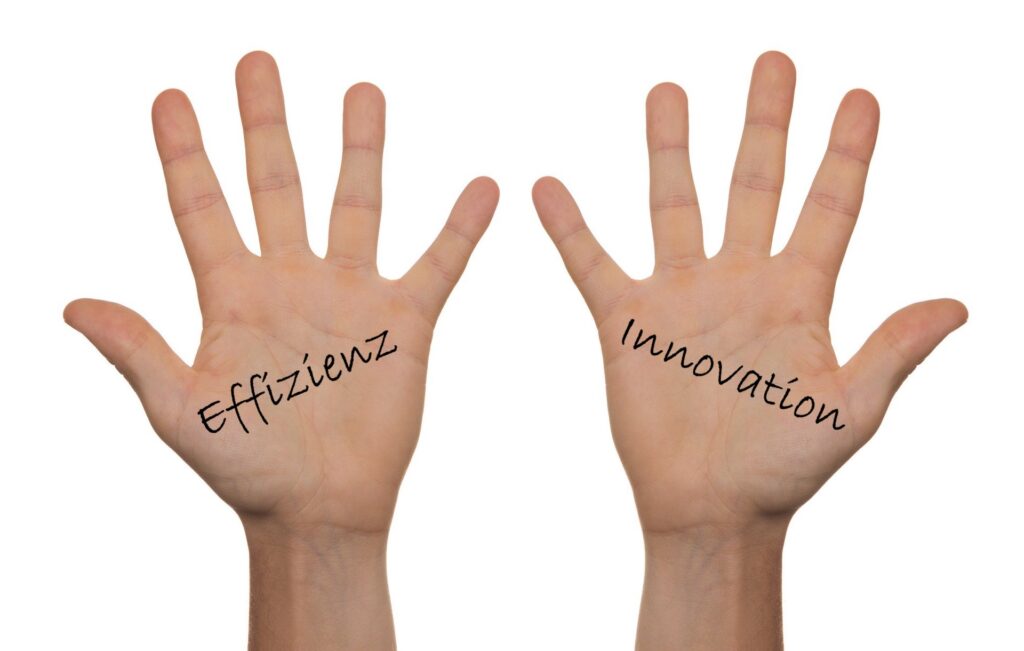Digital transformation is one among the greatest challenges for companies in all sectors. This also affects the many small and medium-sized enterprises (SMEs) that shape Vienna as a business location. They are forced to leave old paths and integrate digital innovations into their organizations. However, not all companies find these changes easy.
The research project “Designing organizational ambidextry in SMEs to successfully manage the digital transformation” addresses the question of how SMEs can balance innovations and core business. Organizational ambidextry describes the ability of a company to act “two-handed” by developing new types of competencies and innovations while making optimal use of existing capabilities and resources.
For the Austrian context, this application-oriented project investigates the following questions:
- How do SMEs currently implement organizational ambidextry at the levels of strategy, organization, and leadership?
- Which resistances and tensions are managers confronted with?
- How can organizational ambidextry be optimally designed in companies?
The findings of the research project contribute to the scientific discourse in the field of corporate strategy and flow into the teaching at FHWien der WKW. In addition, companies in the business location Vienna are supported through knowledge transfer in successfully mastering the challenge of digital transformation.
Project management: FH Prof. Dr. Ann-Christine Schulz, Institute for Digital Transformation & Strategy (IDS)
Project title: Shaping organizational ambidextry in SMEs to successfully manage digital transformation.
Project duration: April 1, 2022 until March 31, 2025
Funding organization: City of Vienna (MA23 – Economic Affairs, Labour and Statistics)
